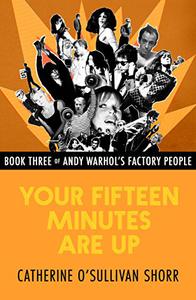 Catherine O'Sullivan-Shorr, "Andy Warhol's Factory People Book III: Your 15 Minutes Are Up!"
Catherine O'Sullivan-Shorr, "Andy Warhol's Factory People Book III: Your 15 Minutes Are Up!"English | 2014 | ISBN: 1499103891 | EPUB | pages: 142 | 16.0 mb
Andy Warhol's Factory People is a three-part oral history that tells the story of Warhol's famous 1960s Silver Factory as told by the friends, superstars, and foes who worked with, partied with, filmed with, and slept with Andy from 1964 to 1968 in the Factory.Book I Welcome to the Silver Factory, Book II Speeding into the Future , Book III Your 15 Minutes are UpIn Book III, the Silver Factory era comes to an end in 1967-68.Andy Warhol. Ever wonder what all the fuss was (and still is) about? So much has been written about this art colossus-his obsession with celebrity, his sloppy silk screens of Marilyn and Liz and Brando, his endless Campbell soup cans and Coca Cola bottles, his mind-numbing movies-that there are those who feel his fifteen minutes of fame should have been up long ago. Instead, he has become a lasting icon of popular taste. As the New Yorker's art critic Peter Schjeldahl wrote in his review of the Metropolitan Museum's huge 2012 show of Warhol and his impact on 60 other artists, "Like it or not, we are all Warholian."The familiar soup cans, along with the cokes, cows, fatal car crashes, flowers and Brillo boxes, were all prominently featured in our three-hour documentary, Andy Warhol's Factory People, which spans the years l964 to l968, arguably the artist's busiest and most creative period. As were the familiar superstars he made famous, superstars like Viva and Edie Sedgwick and Ultra-Violet and Nico and the Velvet Underground. But what set apart our film, and now distinguishes our book from the many other books about Warhol, is that we also tracked down the forgotten Factory people, the remarkable and often bizarre assortment of people who were behind Warhol's unprecedented rise to spectacular success. These people often paid a price for linking their destinies to the gifted but frustrated graphic artist who decided in the early sixties to "start Pop art" because he "hated" Abstract Expressionism.



![S.T.A.L.K.E.R. 2 / STALKER 2: Heart of Chornobyl - Ultimate Edition (2024) [+UPDATE 23.12.2024 - v1.1.3] ElAmigos / Polska wersja językowa](https://i.postimg.cc/Zqd8RWGY/UZG8PBE.jpg)



































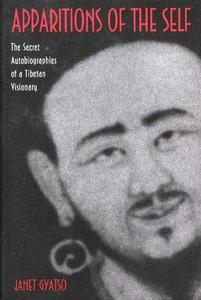


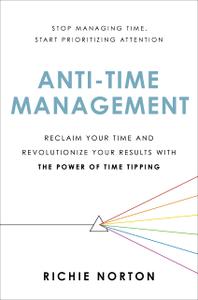


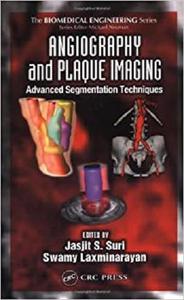

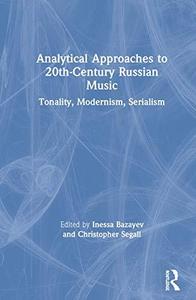







![David Gilmour - Luck and Strange (2024) [FLAC]](https://i.imgur.com/everaBc.jpeg)
![Męskie Granie Orkiestra - Męskie Granie 2024 (2024) [FLAC]](https://i.imgur.com/FAyOxrM.jpeg)
![The Rolling Stones - Hackney Diamonds (2023) [FLAC]](https://i.imgur.com/wCkyyUN.jpg)
![Lady Gaga - Harlequin (2024) [FLAC]](https://i.imgur.com/dcgIA8D.jpeg)
![Natalia Kukulska - Dobrostan (2024) [FLAC]](https://i.imgur.com/bdljG3O.jpeg)
![Kaśka Sochacka - Ta druga (2024) [FLAC]](https://i.imgur.com/hORQKvn.jpeg)
![Kuba Sienkiewicz - Pani Bóg (2024) [FLAC]](https://i.imgur.com/qijCx8Z.jpeg)
![Lanberry - Heca (2024) [FLAC]](https://i.imgur.com/8P7QfeR.jpeg)
![Sara James - PLAYHOUSE (2024) [FLAC]](https://i.imgur.com/m4f8OKg.jpeg)
![Grzegorz Hyży - EPILOG (2024) [FLAC]](https://i.imgur.com/8DA2sBr.jpeg)
![Myslovitz - WIECZORAMI CHŁOPCY WYCHODZĄ NA ULICE (2024) [FLAC]](https://i.imgur.com/l9mMtIG.jpeg)
![Krzysztof Zalewski - ZGŁOWY (2024) [FLAC]](https://i.imgur.com/vh48RAc.jpeg)
![Krzysztof Cugowski - Wiek to tylko liczba (2024) [FLAC]](https://i.imgur.com/SBzgqe2.jpeg)
![Nosowska - Kasia i Błażej (2024) [FLAC]](https://i.imgur.com/mObvVXQ.jpeg)
![sanah - Pianinkowe Kaprysy (2024) [FLAC]](https://i.imgur.com/pVjjPAa.jpeg)
![Kwiat Jabłoni - Pokaz slajdów (2023) [FLAC]](https://i.imgur.com/diERHfZ.jpg)
![Robert Cichy - Spacer po Warszawie (2024) [FLAC]](https://i.imgur.com/ixleU9o.jpeg)
![Viki Gabor - Terminal 3 (2024) [FLAC]](https://i.imgur.com/Q1KCnDs.jpeg)
![Sanah - Kaprysy (2024) [FLAC]](https://i.imgur.com/71OZm4h.jpeg)
![Męskie Granie Orkiestra - Męskie Granie 2023 (2023) [FLAC]](https://i.imgur.com/U4YHo8d.jpg)




